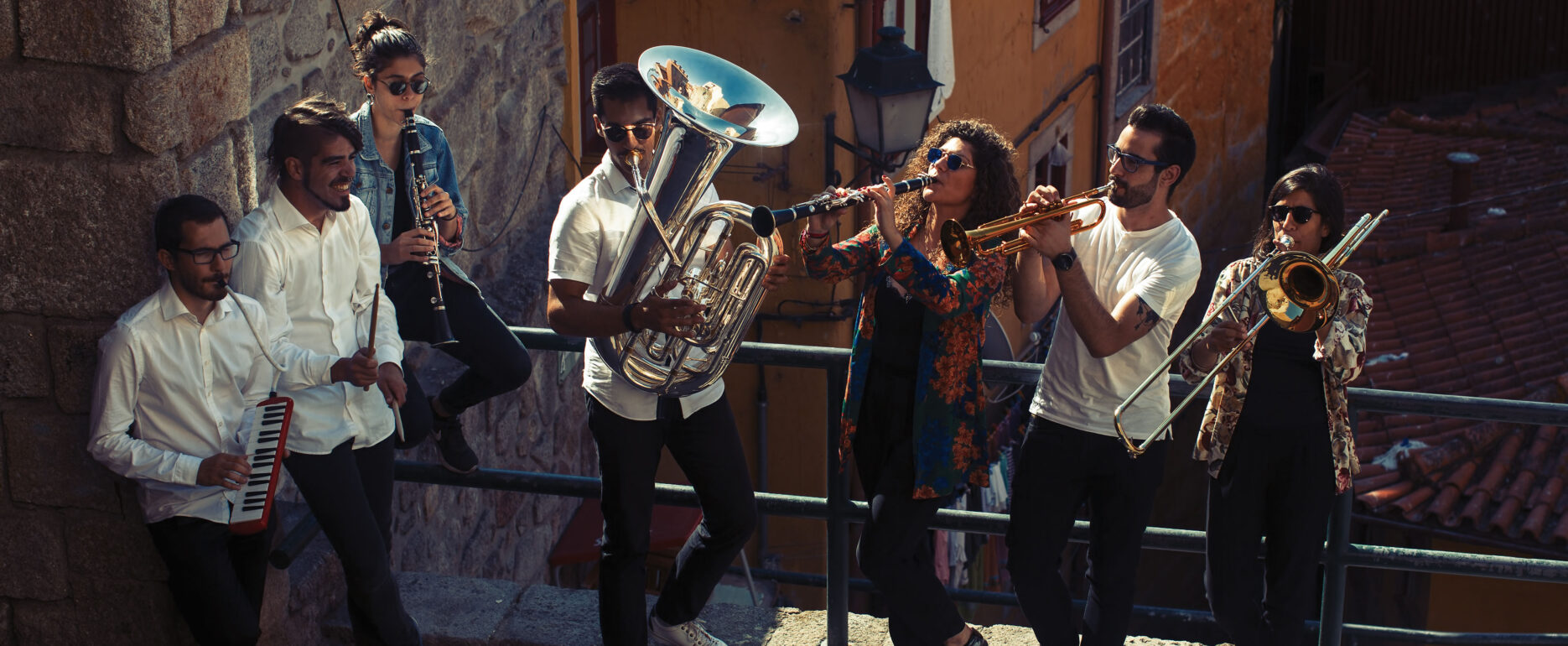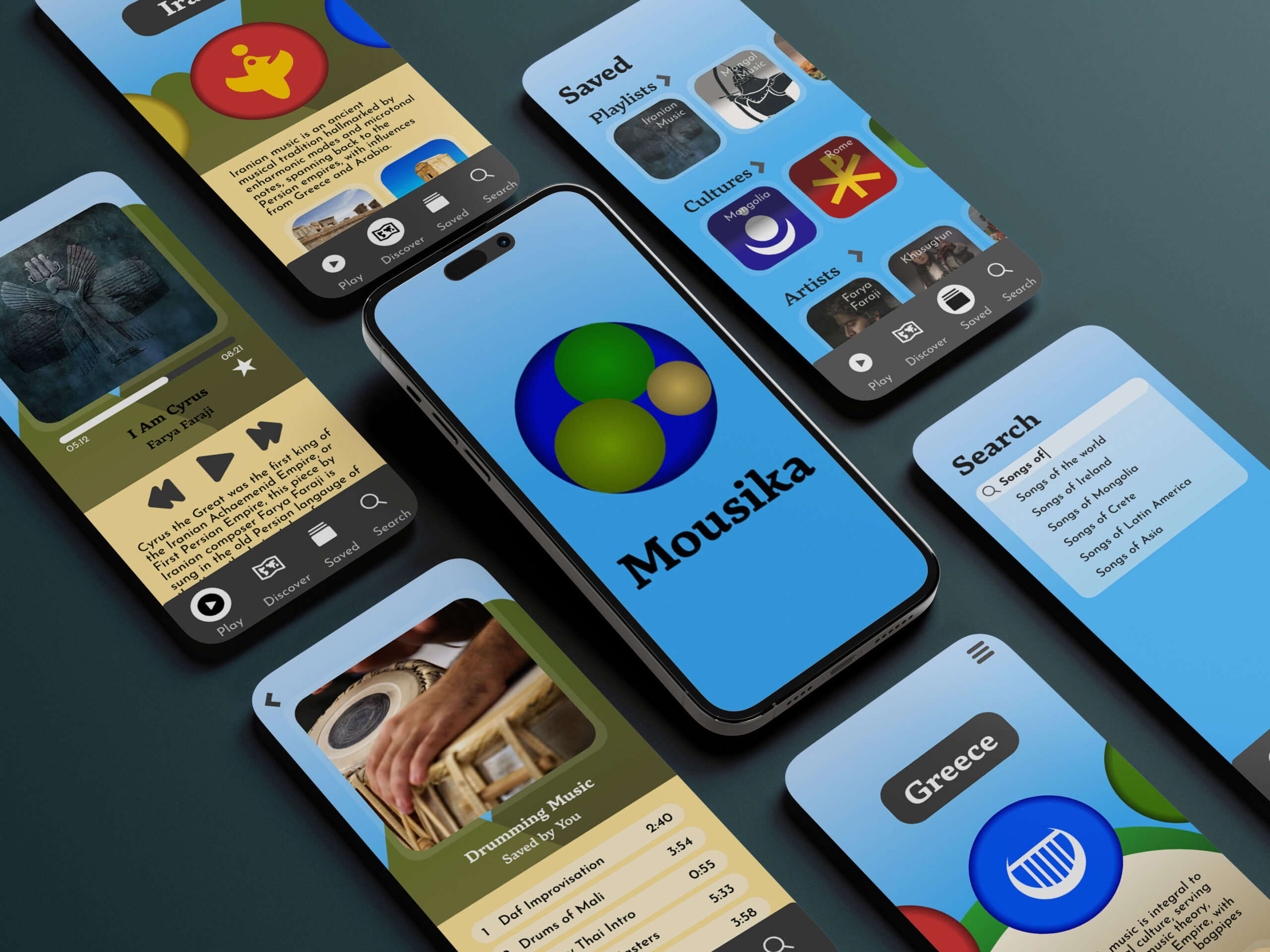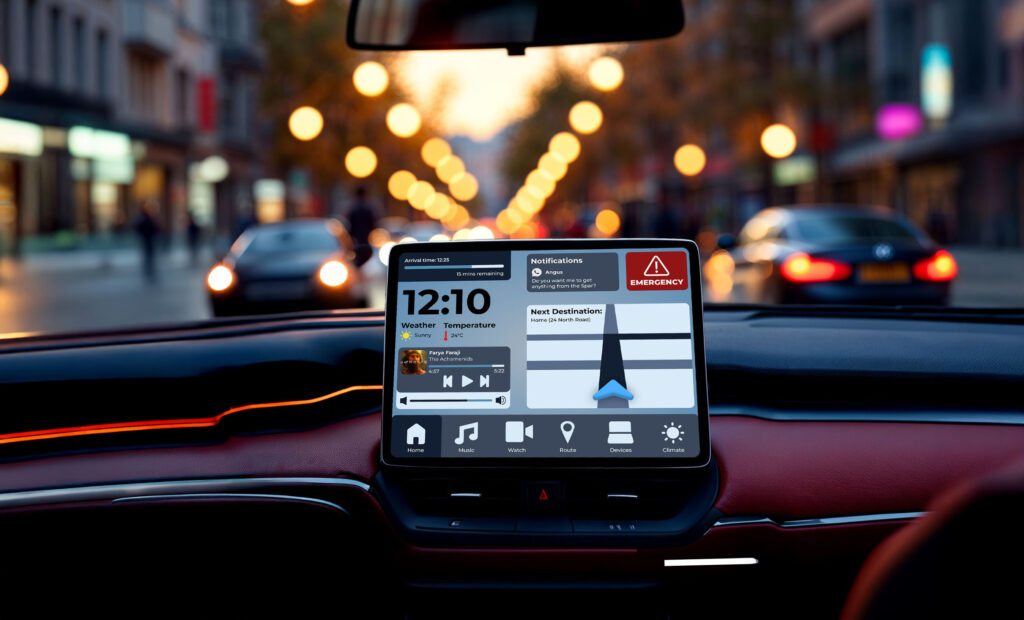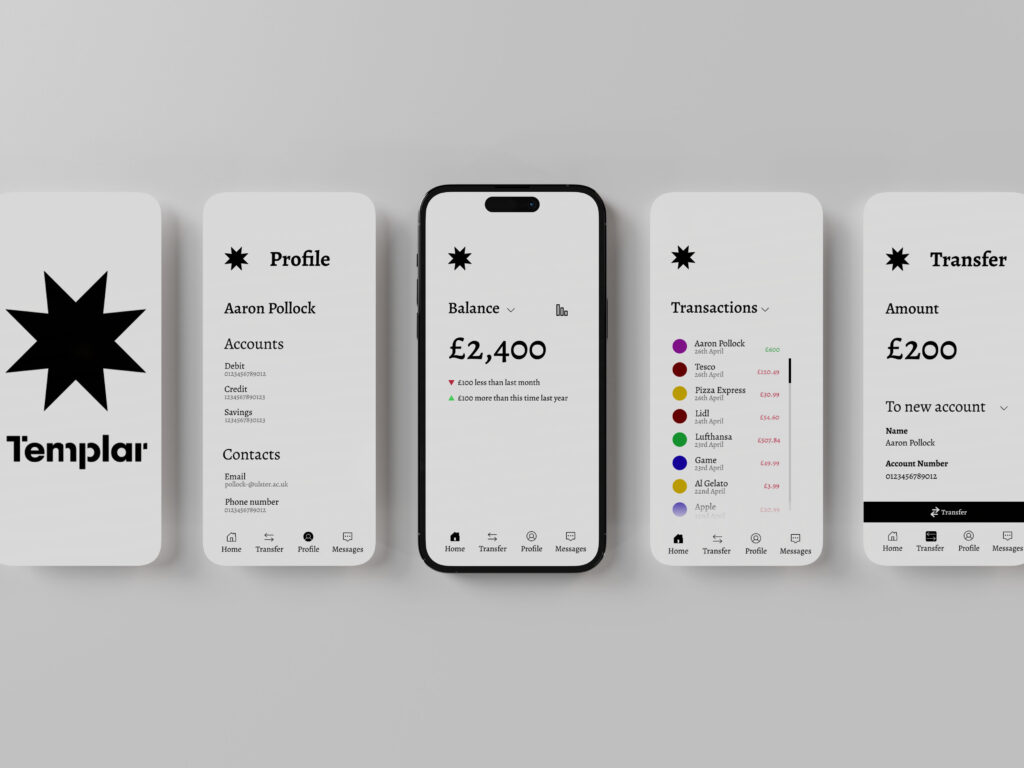A music app that bridges cultures through sounds
2024
project
Mousica App

The Challenge
The project aimed to create a music app with a unique selling point not currently offered by existing platforms. Research revealed that few music apps focus on cultural and folk music, an area often surrounded by misconceptions. As a result, the app was designed with the purpose of not only providing access to this genre but also serving as an educational tool to help users learn about different cultures through their music.

Wireframes
Wireframes were created following initial sketches to develop low-fidelity prototypes of key app screens, including the home, discovery, saved music, and music player screens. The home screen features swipeable, discoverable icons to explore new music, while the saved music screen also allows users to scroll horizontally through their collection.
The music player displays the album cover, track name, album, and artist, along with playback controls, a progress bar, and track details, all carefully aligned within screen margins. A consistent navigation bar was added at the bottom of each screen to support intuitive user interaction.

UI DESIGN
High-fidelity screens were developed from the original wireframes, including a splash screen featuring a stylized Earth logo and the app name “Mousika,” the Greek word for music. Illustrations of global landscapes and architecture were added to enhance user immersion by visually connecting music to its cultural origins. A gradient sky-blue background was used across all screens for consistency, including those with illustrations. Custom icons representing various cultures were designed for navigation and interaction. The heading typeface, Basco, evokes ancient inscriptions and musical heritage, while Josefin Sans was chosen for body text due to its readability and geometric style.

Conclusion
The project successfully met its goals by offering an intuitive, user-friendly layout that guided users naturally through the exploration of global musical traditions and cultures. The use of immersive imagery enhanced the overall experience, encouraging deeper engagement and helping users better understand the cultural context of the music they were listening to.

